Ayurveda Yoga & Nature Cure
Synopsis
Ayurveda, an ancient science of medicine practiced in India, has postulated some of the best principles for maintaining and preserving the health of any individual. It lays down certain rules, not only for healthy living, but also for hygiene a key requisite for health.
Health is an important factor in attaining individual goals, whether it be wealth or happiness, material or spiritual, or indeed Moksha or salvation. Ayurveda stresses that the four influencing factors that play their part in gaining Moksha in the after-life are:
1. Dharma truthful living
2. Artha generating money and resources
3. Kama fulfillment of desires, including the sexual
4. Moksha, itself attainment of life's ultimate goal: Salvation
Ayurveda propounds healthy living by following a set of regimen on a seasonal, daily and even nightly basis, coupled with sadvritta. Regimes encompass food and activity and these are detailed in this book.
The modern age is characterized by pressures hurry, worry, the pressures of making a quick buck and the temptations of corruption. These are bound to lead to deviation from the safe routines of diet and habit, and so, to imbalances of health. The old practices of eating meals at fixed times, starting the day with exercise, supplemented with oil baths and massage, all contributed in keeping old age at bay, by keeping one's body in prime fitness, by keeping the eye keen.
However, in modern India, deviation from these principles and the effect of all manner of pollution, from food adulteration to pollution in the air and water, down to even the very lifestyles that are led, is the order of the day. Ayurveda offers relief to those suffering on account of these, whether rich or poor, in all walks of life. This book covers the ameliorating aspects of Ayurveda, for the individual and for communities. The book has four sections starting with Part A which details the historical background and basis concepts of Ayurveda before moving on to socially related issues such as Family Planning. Ayurveda developed in order to address such community needs and this segment will examine issues of contraception and conception such as conceiving a child of desired gender. Part B deals with topics such as the environmental perspectives of Ayurveda and issues related to the construction of communities whether they happen to be schools, villages or cities or even just a basic lavatory. Both past and present practices are explained for the benefit of readers.
There is a special section, Part C, which is devoted to Nisargopacharam or Nature Cure, based upon the axiom of the five bhutas air, earth, fire, water and space. These are the basic components that make up every human being, though the proportions vary from person to person. The fact is that these elements, the five bhutas, make up nature itself, Man being only a microcosm of the macrocosmic universe. This section is illustrated with photographs.
Also illustrated is the next section of the book, Part D, which deals with the subject of Yoga Vijnanam, the linkage of Yoga with Ayurveda. Postures, such as Asanas and Pranayama, which help to maintain health and can cure health problems, are explained for the benefit of the readers.
This book should prove to be valuable not only for general readers, for whom it contains matter related to the prevention of disease, protection of health and prolongation of life, but also for those students of Ayurveda who are studying for their B.A.M.S. degrees, as it covers their required curriculum.
Read more
Health is an important factor in attaining individual goals, whether it be wealth or happiness, material or spiritual, or indeed Moksha or salvation. Ayurveda stresses that the four influencing factors that play their part in gaining Moksha in the after-life are:
1. Dharma truthful living
2. Artha generating money and resources
3. Kama fulfillment of desires, including the sexual
4. Moksha, itself attainment of life's ultimate goal: Salvation
Ayurveda propounds healthy living by following a set of regimen on a seasonal, daily and even nightly basis, coupled with sadvritta. Regimes encompass food and activity and these are detailed in this book.
The modern age is characterized by pressures hurry, worry, the pressures of making a quick buck and the temptations of corruption. These are bound to lead to deviation from the safe routines of diet and habit, and so, to imbalances of health. The old practices of eating meals at fixed times, starting the day with exercise, supplemented with oil baths and massage, all contributed in keeping old age at bay, by keeping one's body in prime fitness, by keeping the eye keen.
However, in modern India, deviation from these principles and the effect of all manner of pollution, from food adulteration to pollution in the air and water, down to even the very lifestyles that are led, is the order of the day. Ayurveda offers relief to those suffering on account of these, whether rich or poor, in all walks of life. This book covers the ameliorating aspects of Ayurveda, for the individual and for communities. The book has four sections starting with Part A which details the historical background and basis concepts of Ayurveda before moving on to socially related issues such as Family Planning. Ayurveda developed in order to address such community needs and this segment will examine issues of contraception and conception such as conceiving a child of desired gender. Part B deals with topics such as the environmental perspectives of Ayurveda and issues related to the construction of communities whether they happen to be schools, villages or cities or even just a basic lavatory. Both past and present practices are explained for the benefit of readers.
There is a special section, Part C, which is devoted to Nisargopacharam or Nature Cure, based upon the axiom of the five bhutas air, earth, fire, water and space. These are the basic components that make up every human being, though the proportions vary from person to person. The fact is that these elements, the five bhutas, make up nature itself, Man being only a microcosm of the macrocosmic universe. This section is illustrated with photographs.
Also illustrated is the next section of the book, Part D, which deals with the subject of Yoga Vijnanam, the linkage of Yoga with Ayurveda. Postures, such as Asanas and Pranayama, which help to maintain health and can cure health problems, are explained for the benefit of the readers.
This book should prove to be valuable not only for general readers, for whom it contains matter related to the prevention of disease, protection of health and prolongation of life, but also for those students of Ayurveda who are studying for their B.A.M.S. degrees, as it covers their required curriculum.
15.30
13.77
$
17.00 $
Free delivery Wolrdwidе in 10-18 days
Ships in 1-2 days from New Delhi
Membership for 1 Year $35.00
Get it now and save 10%
Get it now and save 10%
BECOME A MEMBER

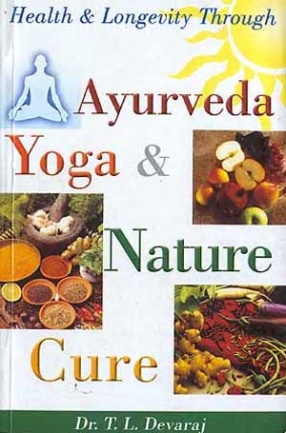
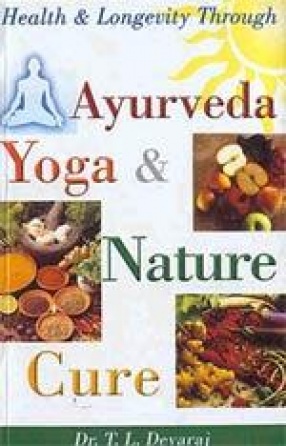
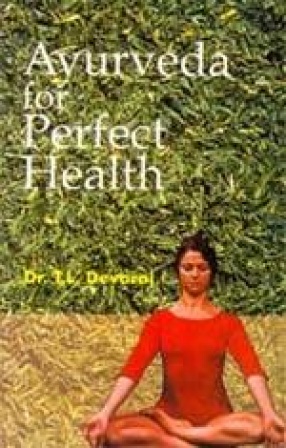
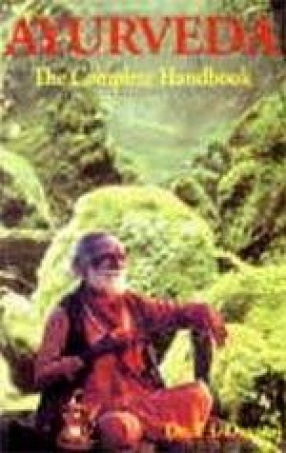

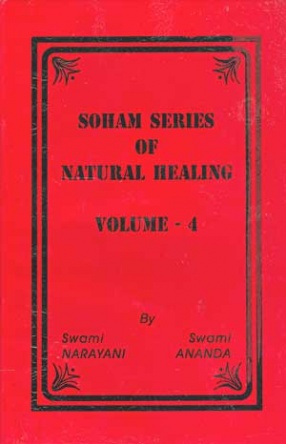
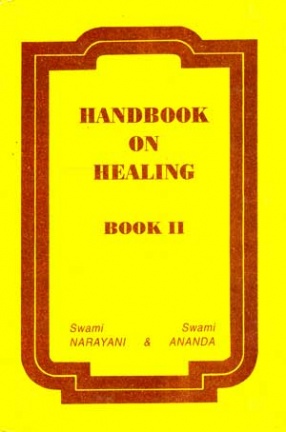
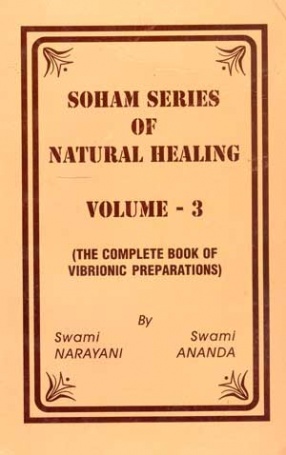
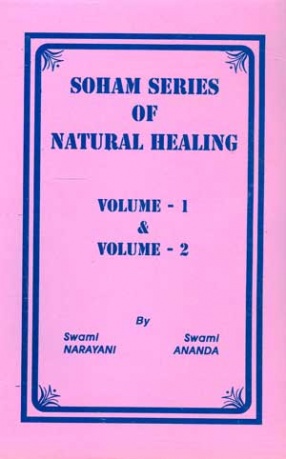

Bibliographic information